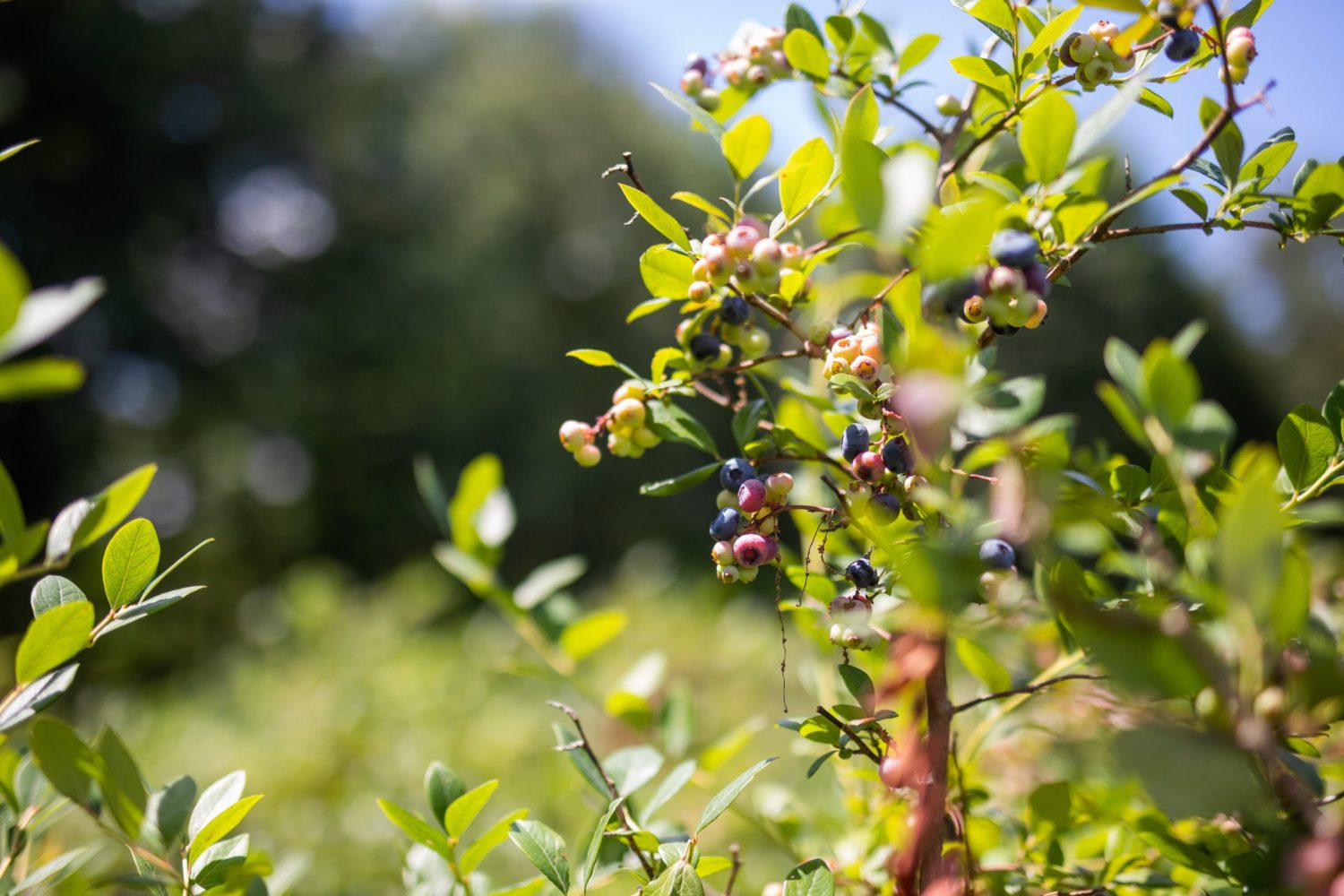In Almost Heaven, native plants make up our lush forests, line our glorious Appalachian Mountains and adorn our backyard gardens. West Virginia is home to an array of native plants. In fact, out of our 2,500 wild plants, around 1,800 are native to the state, according to the West Virginia Native Plant Society.
These plants were here long before any European settlement, and to ensure that they stay here even longer, we must perpetuate our native species by continuing to plant them. Here are a few that you could consider planting.
Blueberries
Blueberries are one of West Virginia’s native shrubs. This native plant can be characterized by its blue or blue-black fruit, alternate leaves, and slim twigs. There are several species of blueberries, causing some variation in their appearance. Though they can differ slightly, each are faithful to provide West Virginia’s wildlife a source of shelter and food.
Sweet Fern
Much like blueberries, the sweet fern provides food and shelter for several animals. These shrubs are low to the ground with slim twigs and possess small flowers in the springtime. You can find these sweet ferns in Hardy, Pocahontas, Greenbrier, Hampshire, and Pendleton county.
Sunflowers
The lively sunflower is also one of Almost Heaven’s native plants. Sunflowers are popular plants that are highly distinguishable by their vibrant color and tall stature. According to Gardenia, sunflowers can actually grow up to ten feet tall. Gardenia also shares that the face of these flowers continually follows the sun, certainly making these plants lively in more ways than one.
As important as it is to preserve and propagate these native plants, it is just as important to do it the right way. If you come across a native plant in the wild, take only a few seeds rather than digging up the whole plant. Removing the plant from its ecosystem will do more harm than good.
Another way to safely do your part is to visit one of West Virginia’s native plant nurseries. These nurseries offer various native plants, including seeds, shrubs, herbaceous plants, wetland plants/aquatics, and trees. Some of these nurseries even provide installation services, making it easier than ever to preserve West Virginia’s native beauty.
Our native plants are an integral part of what makes our great state Almost Heaven. Let us all work together to maintain the splendor of West Virginia for generations to come.




